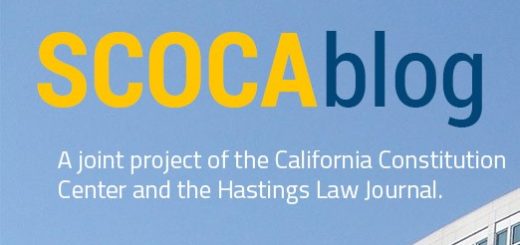The core powers analysis should apply to the electorate
Overview By granting review in Legislature v. Weber (S281977) the California Supreme Court may have committed itself to resolving one of the most difficult questions in California constitutional law: distinguishing between an impermissible constitutional revision and a permitted constitutional amendment. The California Constitution Center recently argued that this question is best avoided until after the election. That’s partly because engaging in preelection review likely requires the court to confront the constitutional conundrum presented by an initiative amendment that attacks a core branch power. If resolving that question is truly necessary, we argue here that the best approach is to apply...




